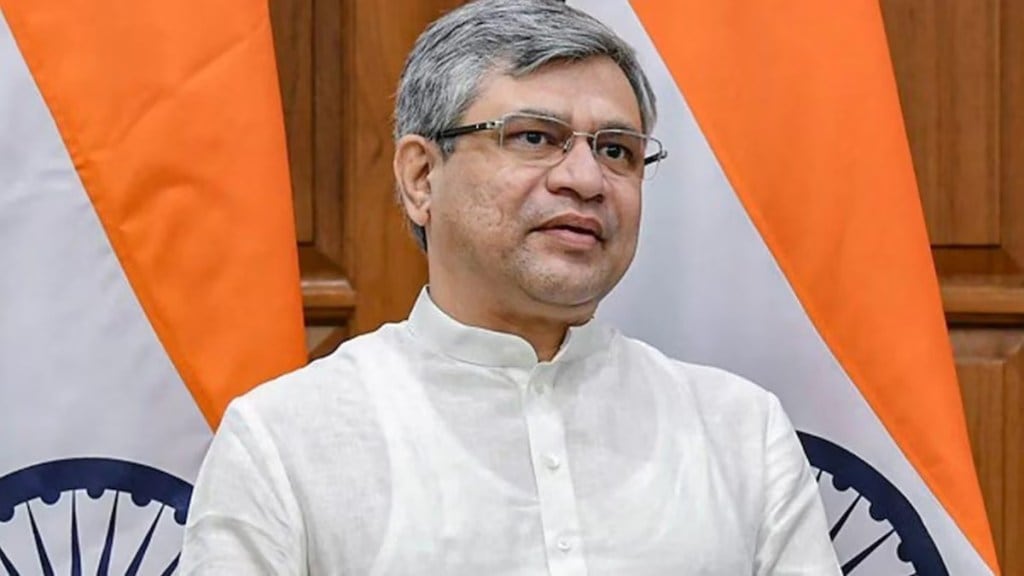India will look at developing its own AI models, both large language models, and small language models, as it charts its ‘digital destiny’, Union Minister of Electronics and Information Technology Ashwini Vaishnaw said.
He also said that unlike Europe’s heavy-handed approach to regulation, India will opt for a techno-legal approach when it comes to regulation of tech in the country.
“We have started an application process for developing our own LLMs. We are looking at both our own foundational models, as well as our own distilled, smaller models, which are focused on the specific problems to be solved,” Vaishnaw said.
He restated his confidence in India’s ability to develop AI models at a fraction of a cost incurred by rich countries.
He reiterated his stance on using the DPI (digital public infrastructure) framework for AI as well where a common compute facility will be set up to ensure that researchers, startups and students have access to GPUs (graphic processing units).
The government had called for applications to provide 10, 000 GPUs for this initiative. “We were targeting 10,000 GPUs. We have got applications for 18,000 GPUs. And the price has come to less than a dollar, which when compared to the global standards of $2.5 to $3 per GPU is significantly less,” Vaishnaw said.
Additionally, the government has started using AI in DPI layers in the instances like Aadhaar and UPI. “In many of these DPI layers, we are actively using very focused small models, which are the state-of-the-art models, and solving a particular problem. And the results have been phenomenal,” he said.
He added that the power of DPI actually can get multiplied 10x, 20x, 100x, with the use of AI. He said another innate advantage that DPI offers is its structured approach.
“Our approach is probably going to help us stand out in the coming months and years, because very rarely will you find a large public sector dataset availability,” he said.
Vaishnaw also said that Japan has granted a patent to India’s UPI technology.
He laid out three perspectives to making India a product leader globally, in addition to a service leader. Firstly, he said, the country will develop 25 products in semiconductors after the successful setup of semi-conductor plants in the country.
Construction work for five plants is currently underway and India will have its first make-in-India chip this year, and all five facilities will be operational by 2027, he said. Leveraging this development, the union minister said that the next step will be enhancing the product portfolio of manufacturing from the country.
“We will take the challenge, along with the developers and researchers, to develop 25 products in semiconductors so that we are, we legitimately we can move towards our aspiration of becoming a product leader,” he said.
The development of India’s own foundational models and AI products will form the second layer to making India a product leader while the third layer will be ramping up design capabilities for modules and sub-modules in the tech value chain, he said.







